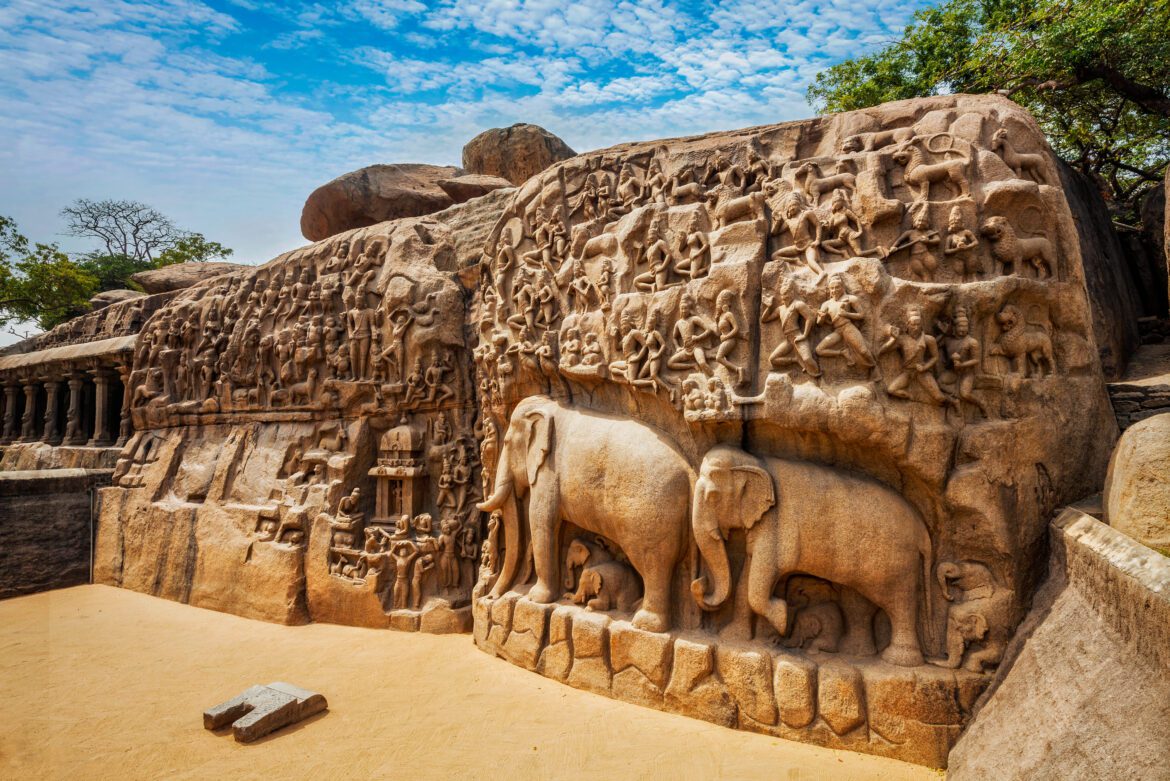Sri Lanka, a tropical paradise on the Indian Ocean, is known for its beautiful landscapes, rich culture, and kind people. However, underlying its tranquil beauty is a rich tapestry of history, displaying a past dating back thousands of years. The island is home to a plethora of ancient wonders, each with its own narrative to tell. In this blog post, we begin on an enthralling journey to see some of Sri Lanka’s most significant historical landmarks, providing light on the magnificent civilizations that once flourished on this wonderful land.
Anuradhapura – Cradle of Civilization:
Our first destination is Anuradhapura, a millennium-old city that served as the island’s capital. This UNESCO World Heritage Site, founded in the 4th century BCE, is a treasure mine of ancient discoveries. The huge dagobas, or stupas, such as the Ruwanwelisaya and Jetavanarama, are among its most notable characteristics. These religious temples, intended to store sacred artifacts, demonstrate the ancient Sinhalese’s architectural prowess. Walking among the old ruins, one can’t help but be impressed by the elaborate carvings, moonstones, and remnants of ancient palaces and monasteries that once flourished here.
Sigiriya – The Fortress in the Sky:
The spectacular Sigiriya Rock, commonly referred to as the World’s Eighth Wonder, rises in the center of Sri Lanka. The ancient fortress-palace of King Kasyapa, who ruled in the 5th century CE, is perched atop this 200-meter-tall granite. The rock is covered with mesmerizing frescoes representing the fabled Sigiriya maidens, demonstrating the time’s creative prowess. As we climb to the top, the panoramic view reveals the amazing technical accomplishments and natural beauty that surrounds the area.
Polonnaruwa – Glory of the Cholas:
Continuing our journey, we arrive in Polonnaruwa, a historic city that thrived as Sri Lanka’s second capital from the 10th to the 12th centuries CE. The Chola dynasty of South India is clearly visible here, as evidenced by the magnificent sculptures and stone-carved structures. The Gal Vihara, a collection of four huge Buddha images carved from granite that display unrivaled skill and devotion, is one of the attractions.
Dambulla Cave Temple – Spiritual Sanctuary:
The Dambulla Cave Temple, a religious landmark dating back over 2,000 years, is located in the centre part of the island. This temple complex, carved into a large rock, contains five spectacular caverns filled with over 150 statues of Lord Buddha and other Hindu deities. The cave ceiling frescoes depict stories from Buddhist texts and Sri Lankan history. The Dambulla Cave Temple is an important spiritual place as well as an artistic marvel that represents the cultural confluence of Buddhism and Hinduism.
Yapahuwa – The Rock Fortress:
Moving north, we come at Yapahuwa, an old castle, and religious center that flourished around the 13th century CE. The Yapahuwa boulder Fortress, perched atop a granite boulder, provides an insight into the island’s stormy history. The majestic stone staircase, flanked by lions, climbs to the peak, where the stupa, ancient palace structures, and monastic buildings may still be seen.
Kandy – The Last Kingdom:
Kandy, set among lush hills, was Sri Lanka’s last independent kingdom until the British colonial era. The magnificent Temple of the Sacred Tooth Relic, or Sri Dalada Maligawa, is the country’s holiest Buddhist shrine. The temple, which houses Lord Buddha’s sacred tooth relic, attracts thousands of followers and visitors from all over the world. Kandy’s royal palace, now a museum, and the tranquil Kandy Lake add to the city’s historical beauty.
Conclusion:
Sri Lanka’s historical landmarks provide an enthralling trip through time, revealing the island nation’s unique and magnificent legacy. Each landmark conveys a story of civilization’s successes, craftsmanship, and spiritual commitment, from ancient towns and strongholds to sacred temples and stupas. Preserving these historical treasures not only ties us to the past but also allows us to understand Sri Lanka’s rich cultural inheritance, which continues to form its identity.

